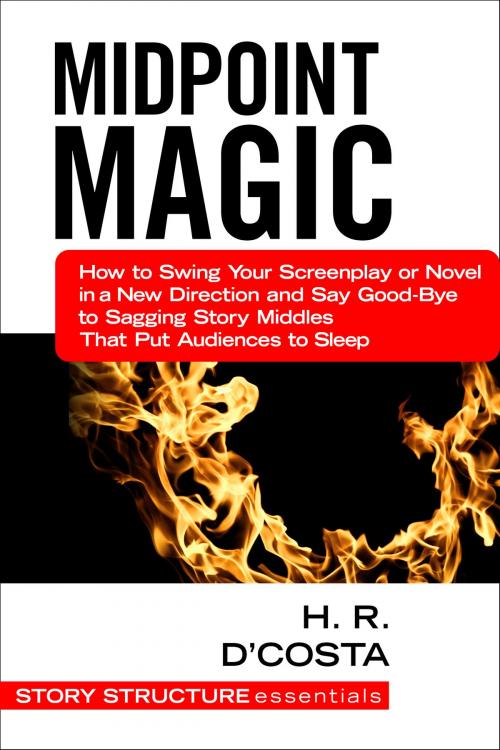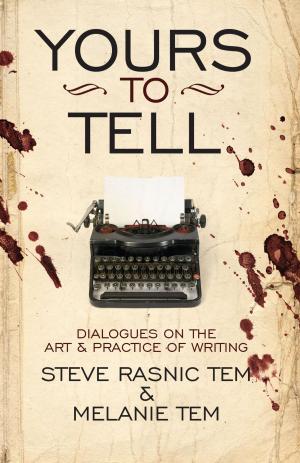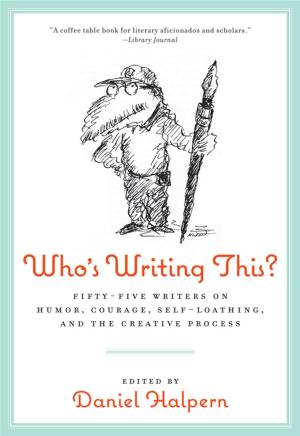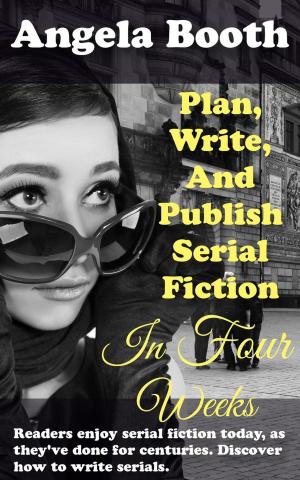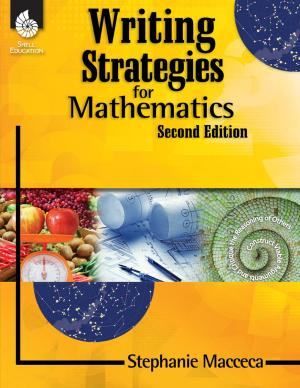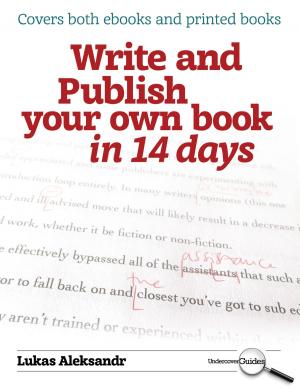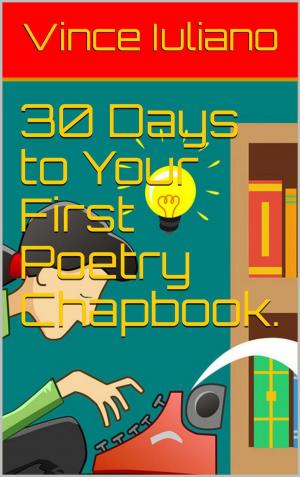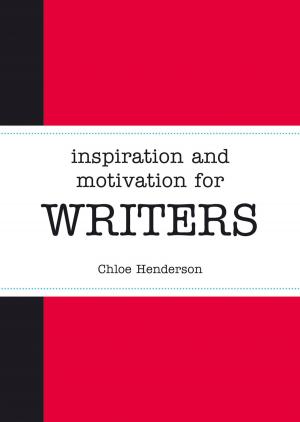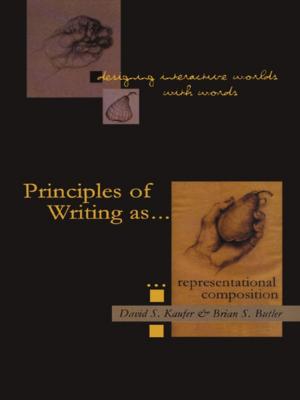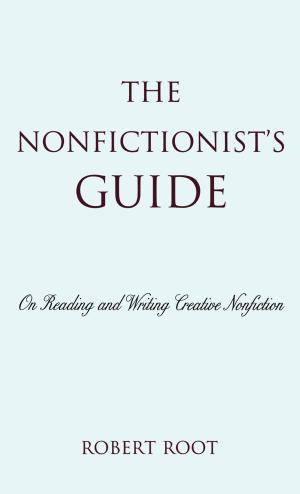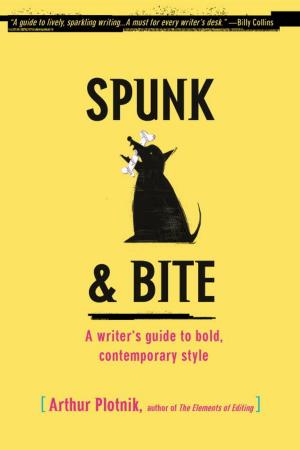Midpoint Magic
How to Swing Your Screenplay or Novel in a New Direction and Say Good-Bye to Sagging Story Middles That Put Audiences to Sleep
Nonfiction, Entertainment, Film, Screenwriting, Performing Arts, Reference & Language, Language Arts, Writing & Publishing, Composition & Creative Writing| Author: | H. R. D'Costa | ISBN: | 1230001328677 |
| Publisher: | Scribe Meets World | Publication: | September 1, 2016 |
| Imprint: | Language: | English |
| Author: | H. R. D'Costa |
| ISBN: | 1230001328677 |
| Publisher: | Scribe Meets World |
| Publication: | September 1, 2016 |
| Imprint: | |
| Language: | English |
Stop Sagging Middles from Derailing Your Story (& Your Writing Career)
The middle of your story.
Nightmare.
And no wonder.
The middle (or Act Two) is just so dang long.
There’s another reason why plotting a novel or screenplay is hard: plot is based on repetition.
The protagonist tries to achieve his goal, fails, and then tries again. (These are sometimes referred to as try-fail cycles.)
These two factors add up to a big problem: you’ve got A LOT of pages to fill (the lengthy second act) and basically one item to fill them with (try-fail cycles).
Without a plan, the results will feel exactly the way you’d predict: repetitious, boring, and monotonous.
You’ll wind up with a story that sags in the middle. A story that’s more snooze fest than page-turner.
A story that audiences abandon.
Obviously, that’s not going to help you kick your writing career into hyperdrive.
So what’s the solution?
To stop audiences from falling asleep…
…you have to make your try-fail cycles feel different. When plotting a novel or screenplay, you have to camouflage the inherently repetitious nature of plot.
You can accomplish this with the midpoint.
Functioning as a fulcrum, it swings your story in a new direction halfway through Act Two. Thus, your hero’s post-midpoint endeavors will feel different in some key way.
And voila! The repetitious nature of plot is masked. The monotony fades away.
No more same old, same old.
No more sagging middle.
That’s the magic of the midpoint.
Even better, when you braid multiple fulcrums together with their logical causes and effects, your story will practically start writing itself. No joke.
What to use as a fulcrum? When you need help with the midpoint of a screenplay or novel, other writing guides will give you vague advice, like “throw a curveball” or “shake things up.”
Not this one.
As you can see, this one will show you how to plot a novel, how to structure a screenplay—successfully.
*** 8 Specific Ways to Swing Your Story in a New Direction ***
You’ll learn the ins and outs of 8 different fulcrums, which are suitable for a variety of plots and genres. Plus, you’ll discover:
--the linchpin of virtually any romance (or buddy-cop story)
--the plot device you absolutely need to know about if your characters are on the run
--2 questions that can tell you if your story is a slow starter
--the best fulcrums to solve escalation problems
--5 kinds of plots where it actually pays to bury your hook
--why you SHOULDN’T keep your big plot twist up your sleeve
--5 common pitfalls (and easy ways to sidestep them)
*** A Foolproof System to Map Out the Middle of Your Screenplay or Novel ***
Here, you’ll take 2 preparatory steps that will help you instantly get to the heart of your story. Then, you’ll be ready to match your premise to the perfect fulcrum.
By the time you finish, you might have so much material, your story middle won’t be able to contain it all. You’ll have to whittle it down.
That’s a pretty sweet position to be in, especially considering the alternative (i.e. plot points that sag and drag…or even worse, none at all).
*** The Midpoint-Boosting Plot Point That Can Take Your Story to the Next Level ***
Closely associated with the midpoint is a plot point you’ve probably never encountered when you looked for help on how to structure a screenplay or how to plot a novel.
But if you master it, you’ll not only fill up those pesky pages that follow the midpoint of a screenplay or novel. In addition, you’ll be able to:
--take care of your plot without sacrificing theme
--reinforce the heroic stature of your protagonist
--slow down the pace of your story without losing your audience
Buy this writing guide today, and zap sagging middles like a pro!
If you’re serious about writing screenplays and novels that audiences will love, take a look at:
Story Stakes: Your #1 Writing Skills Strategy to Produce a Page-Turner That Transforms Readers into Raving Fans of Your Screenplay or Novel
Other titles in the Story Structure Essentials series:
Inciting Incident: How to Begin Your Screenplay or Novel and Captivate Audiences Right Away (While Accomplishing Your Long-Term Plotting Goals)
Trough of Hell: How to Wrap Up the Middle of Your Story with Maximum Impact
Story Climax: How to Avoid Disappointed Audiences and Craft a Screenplay or Novel Climax That Thrills & Delights
* * *
Keywords:
avoid sagging middles, story structure, screenplay structure, the midpoint of a screenplay, the midpoint of a novel, how to plot a novel, plotting a novel, plotting the middle of a novel, how to structure a screenplay, four act structure, help with the middle of my novel, writing Act Two
Stop Sagging Middles from Derailing Your Story (& Your Writing Career)
The middle of your story.
Nightmare.
And no wonder.
The middle (or Act Two) is just so dang long.
There’s another reason why plotting a novel or screenplay is hard: plot is based on repetition.
The protagonist tries to achieve his goal, fails, and then tries again. (These are sometimes referred to as try-fail cycles.)
These two factors add up to a big problem: you’ve got A LOT of pages to fill (the lengthy second act) and basically one item to fill them with (try-fail cycles).
Without a plan, the results will feel exactly the way you’d predict: repetitious, boring, and monotonous.
You’ll wind up with a story that sags in the middle. A story that’s more snooze fest than page-turner.
A story that audiences abandon.
Obviously, that’s not going to help you kick your writing career into hyperdrive.
So what’s the solution?
To stop audiences from falling asleep…
…you have to make your try-fail cycles feel different. When plotting a novel or screenplay, you have to camouflage the inherently repetitious nature of plot.
You can accomplish this with the midpoint.
Functioning as a fulcrum, it swings your story in a new direction halfway through Act Two. Thus, your hero’s post-midpoint endeavors will feel different in some key way.
And voila! The repetitious nature of plot is masked. The monotony fades away.
No more same old, same old.
No more sagging middle.
That’s the magic of the midpoint.
Even better, when you braid multiple fulcrums together with their logical causes and effects, your story will practically start writing itself. No joke.
What to use as a fulcrum? When you need help with the midpoint of a screenplay or novel, other writing guides will give you vague advice, like “throw a curveball” or “shake things up.”
Not this one.
As you can see, this one will show you how to plot a novel, how to structure a screenplay—successfully.
*** 8 Specific Ways to Swing Your Story in a New Direction ***
You’ll learn the ins and outs of 8 different fulcrums, which are suitable for a variety of plots and genres. Plus, you’ll discover:
--the linchpin of virtually any romance (or buddy-cop story)
--the plot device you absolutely need to know about if your characters are on the run
--2 questions that can tell you if your story is a slow starter
--the best fulcrums to solve escalation problems
--5 kinds of plots where it actually pays to bury your hook
--why you SHOULDN’T keep your big plot twist up your sleeve
--5 common pitfalls (and easy ways to sidestep them)
*** A Foolproof System to Map Out the Middle of Your Screenplay or Novel ***
Here, you’ll take 2 preparatory steps that will help you instantly get to the heart of your story. Then, you’ll be ready to match your premise to the perfect fulcrum.
By the time you finish, you might have so much material, your story middle won’t be able to contain it all. You’ll have to whittle it down.
That’s a pretty sweet position to be in, especially considering the alternative (i.e. plot points that sag and drag…or even worse, none at all).
*** The Midpoint-Boosting Plot Point That Can Take Your Story to the Next Level ***
Closely associated with the midpoint is a plot point you’ve probably never encountered when you looked for help on how to structure a screenplay or how to plot a novel.
But if you master it, you’ll not only fill up those pesky pages that follow the midpoint of a screenplay or novel. In addition, you’ll be able to:
--take care of your plot without sacrificing theme
--reinforce the heroic stature of your protagonist
--slow down the pace of your story without losing your audience
Buy this writing guide today, and zap sagging middles like a pro!
If you’re serious about writing screenplays and novels that audiences will love, take a look at:
Story Stakes: Your #1 Writing Skills Strategy to Produce a Page-Turner That Transforms Readers into Raving Fans of Your Screenplay or Novel
Other titles in the Story Structure Essentials series:
Inciting Incident: How to Begin Your Screenplay or Novel and Captivate Audiences Right Away (While Accomplishing Your Long-Term Plotting Goals)
Trough of Hell: How to Wrap Up the Middle of Your Story with Maximum Impact
Story Climax: How to Avoid Disappointed Audiences and Craft a Screenplay or Novel Climax That Thrills & Delights
* * *
Keywords:
avoid sagging middles, story structure, screenplay structure, the midpoint of a screenplay, the midpoint of a novel, how to plot a novel, plotting a novel, plotting the middle of a novel, how to structure a screenplay, four act structure, help with the middle of my novel, writing Act Two
